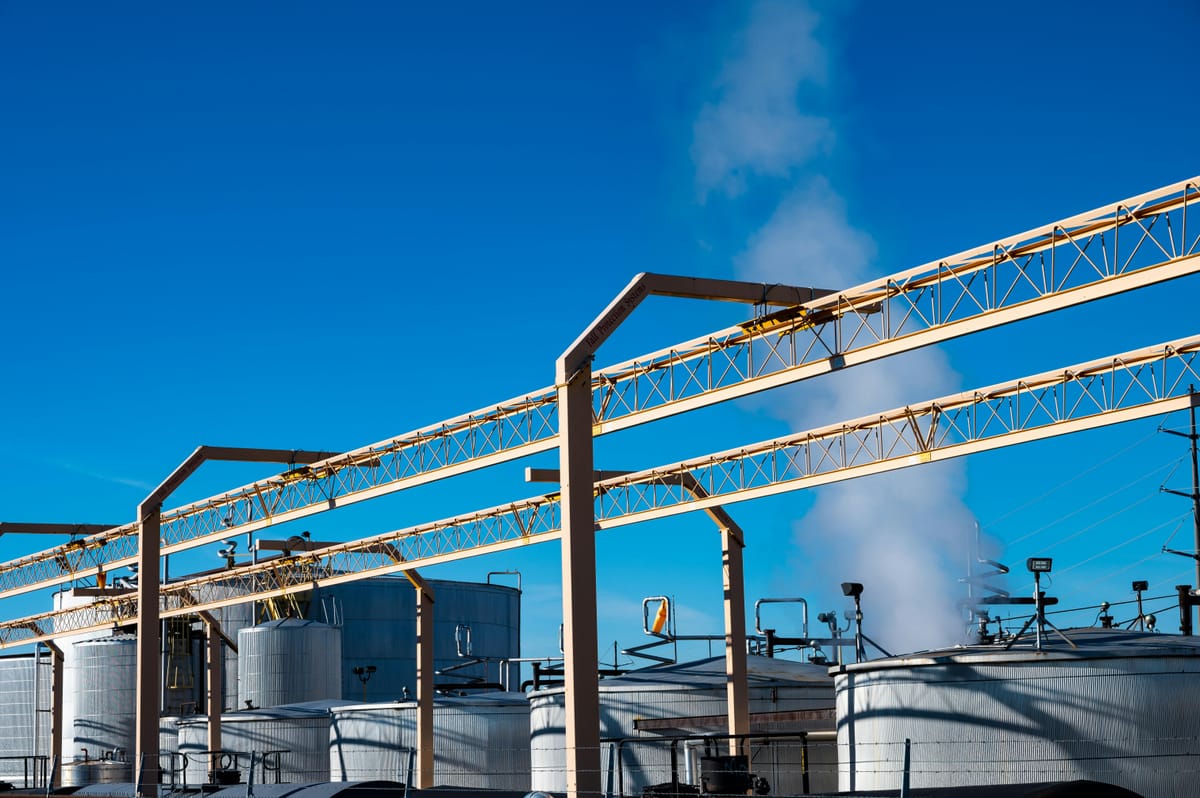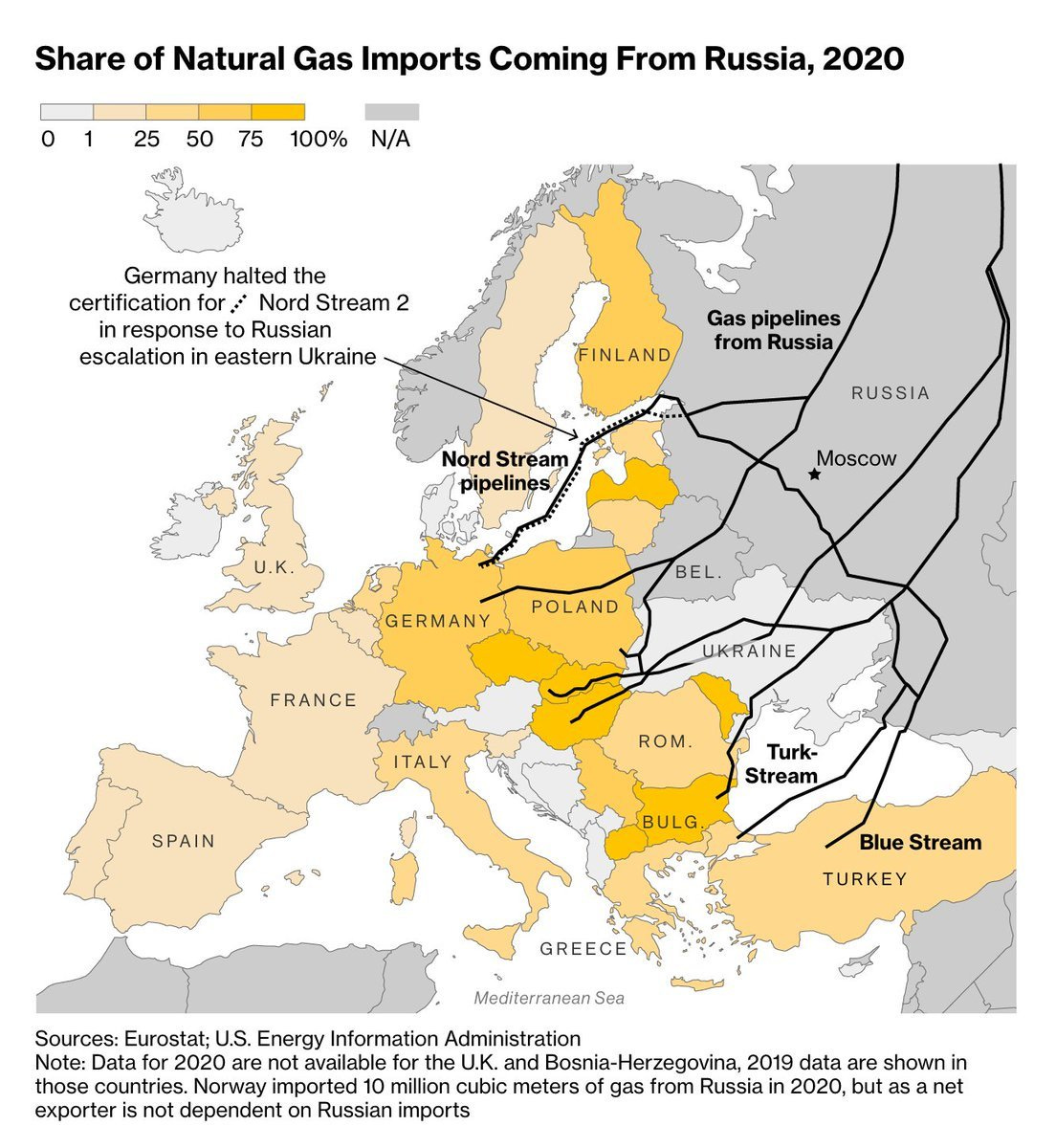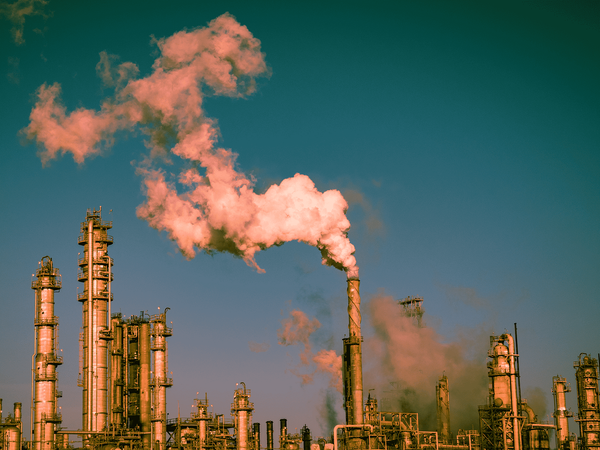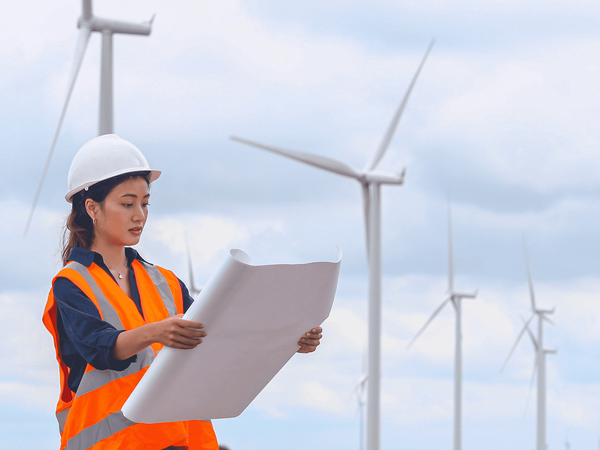European countries turn to coal amid gas shortage

Coal is the winner
A tradition of importing gas and oil from Russia became more common during the decade after WWII, when the Soviet Union’s relationship with Western Europe flourished and Russia started delivering gas, oil, and coal, making mainly Ukraine the transit point.
Since then, many countries have welcomed Russian gas for their basic needs. Fast-forward to the present time— according to the European Commission (EC), the EU imported around 46% of its coal imports, 40% of its gas imports, and around 27% of its oil imports from Russia in 2021. A year before that in 2020, 49 million tons of Russian coal, worth an estimated €8 billion, were imported to the EU. Russia has the world’s largest reserves of natural gas and is currently the largest oil exporter to global markets.
Then came the Ukraine-Russian conflict— along with that came a turmoil situation for the European countries. They faced a difficult situation to put sanctions on Russia, the very country they are heavily dependent on for energy.
However, despite openly agreeing to cut ties with Russia, Europe increased the import of Russian gas, oil, and coal since the war started— i.e. around €22 billion (USD 24 billion) worth of oil and gas and a total of 7.1 million tonnes of thermal coal in March alone. The countries rushed to store the energy for the worst to come.
Read: We May Not Meet The Climate Target!
Read: What Does It Cost To End Climate Crisis?
EU’s alternative
European nations are showing their solidarity with Ukraine. In response, Russia is limiting its export of gas and oil. In mid-June, the output of the Nord Stream pipeline that runs from Russia to Germany fell by about 60%. Gazprom, the Russian giant responsible for the delivery, blamed a technical problem— (but nobody bought it).

Figure 1 suggests the share of natural gas imports to Europe from Russia. Gazprom has already stopped deliveries to Poland, Bulgaria, Finland, and the Netherlands. Italy, Austria, and Slovakia have separately reported supply reductions from Russia.
The EC has pressure to replace 101.5 billion cubic meters of Russian gas by the end of this year. This means boosting imports from other countries and speeding up new renewable energy generation are the current priorities. In March, US President Joe Biden pledged to send an additional 15 billion cubic meters of liquefied natural gas (LNG) to Europe by the end of this year. Alternatively, European officials have also held talks with Japan and South Korea about redirecting LNG to Europe.
Out of all, Germany seems to be the one sitting on the knife-edge, with Nord Stream currently slowing down and Nord Stream 2 already halted and possibly will never operate. The country’s last three nuclear stations are scheduled to close down this year. However, the government is confident in the filling of gas reserves to 90% ahead of the winter. Germany has also already signed a deal to import the LNG from Qatar.
Belgium, Spain, the UK, and Portugal all face the problem of low storage capacity. Belgium had previously aimed to exit nuclear power by 2025, but the country has now postponed it by 10 years. The Netherlands and the UK are accelerating efforts to install wind power. Italy, which imported 40% of its demand from Russia in 2021 is another country that is considering wind power. Alternatively, the country has now secured new agreements with suppliers from North Africa.
Finland, which gets most of its gas from Russia, was declined to be served in May as the country prepares to join NATO. Finland’s option now is to turn to LNG terminals, although the country recently announced their invention of ‘sand battery’, which could be in for the long-term to help the country to clean energy transition.
European countries are busy filling underground storage with natural gas supplies to keep the lights on and homes warm before the cold returns. Domestic producers have promised to increase output, and the EU has already considered new supplies from Africa to Central Asia. However, Russian supplies are too large to fully replace in the short term. In the meantime, the government finds no other option than reviving heavily polluting coal plants. Coal has become their go-to energy.
Read: 'Green' Gas And Nuclear Could Divide The EU
Read: What Is Germany's Alternative To Russian Gas?
Coal for “Transitional Period”
A supply disruption of the Russian gas means, the EU has to find short-term solutions to fill the gaps in the energy systems. The EC has already announced that the energy mix and the plans of member states will adjust slightly because of an unexpected situation. Green Deal chief Frans Timmermans has requested countries to stay in line with EU’s climate goals if they are planning to burn coal as an alternative to Russian gas.
Germany has already decided to burn more coal to bridge the gap until sustainable solutions appear. For the country, the top priority is to make the gas storage tanks full for the winter but still has kept its ambition to close its coal power plants by 2030. Since the start of the invasion, Germany has managed to reduce the share of its natural gas supplied by Russia from 55% before the invasion to 35%. The Netherlands and Austria agree with Germany and have chosen coal power for now.
The Greek government also said that they are planning to extend the operation of its coal-fired power plants to 2028. Previously, the plan was to shut down coal plants by next year. However, the country is still hopeful to reduce greenhouse gas emissions by 55% by 2030 and achieve climate neutrality by 2050.
Poland joins other countries to increase the use of domestic hard coal deposits to meet the demand. The Czech Republic had a target to end coal mining by 2033, but the government is currently reviewing this plan. Further, in the south-east, Romania will temporarily restart idle coal-fired power plants.
Read: What Is Wrong With Nuclear Energy?
Read: The Rise Of Renewable Energies
Convenient but expensive
Only in March this year, the EU imported totaled 1.3 million tonnes of thermal coal from Colombia, 809,000 tonnes from the U.S., and 287,000 tonnes from South Africa. Australia is also planning on sending 537,000 tonnes of coal to Europe in the first quarter of this year.
At the same time, the EU has accelerated plans to increase generation from renewable energy sources, such as wind and solar. The worry for many is that cutting off Russian gas in the next few years and a Paris-compliant coal phaseout do not work for the mutual goal.
The way it looks, greenhouse gases will go up for a while, and so will the food and gas prices as it has been now, but it will give the EU leaders another chance to make a sustainable choice of a cleaner, cheaper, and more reliable energy mix as quickly as possible once the doomsday is over.
Summary
- European countries are seeking to compensate for a cut in Russian gas supplies
- Countries, such as Germany, and Austria are turning to burn coal
- Coal is the most carbon-intensive fossil fuel
- Only in 2020, the EU imported 49 million tons of coal from Russia



